Schipperke Dog Breed

| Aspect | Details |
|---|---|
| Origin | Belgium |
| Birth Era | 16th century |
| Crossbreed | No, purebred |
| Temperament | Curious, confident, alert |
| Physique | Small, 10-16 pounds, robust |
| Coat | Short, thick, double coat |
| Lifespan | 13-15 years |
Schipperkes, often referred to as “little black devils” due to their mischievous and spirited nature, are small but robust dogs.

Their history is rooted in Belgium, where they were initially bred for guarding and hunting pests on boats. Over time, their versatility and distinct personality have made them popular companion dogs worldwide.
Coat Color
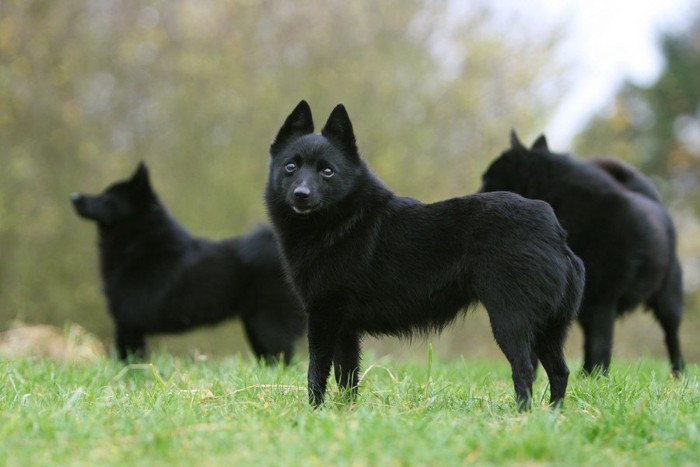
The most prominent feature of Schipperkes is their striking black coat, which is sleek and gives them a distinct silhouette. In rare instances, Schipperkes may exhibit alternative colors like chocolate or cream, but these are considered atypical. The black coat not only defines their appearance but also contributes to their popularity.The thick,

luscious coat of the Schipperke resonates with Japan’s value of natural beauty and harmony.
Coat Type
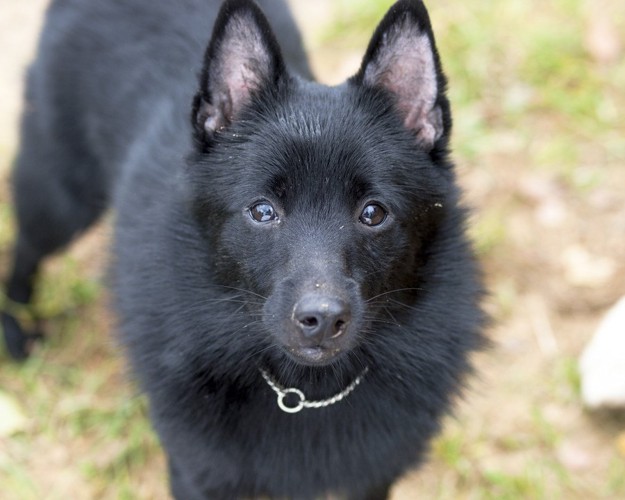
Schipperkes possess a double coat, with the outer layer being slightly harsh and the undercoat soft and dense. This dual-layer coat serves as insulation against various weather conditions, making the Schipperke adaptable to different climates.
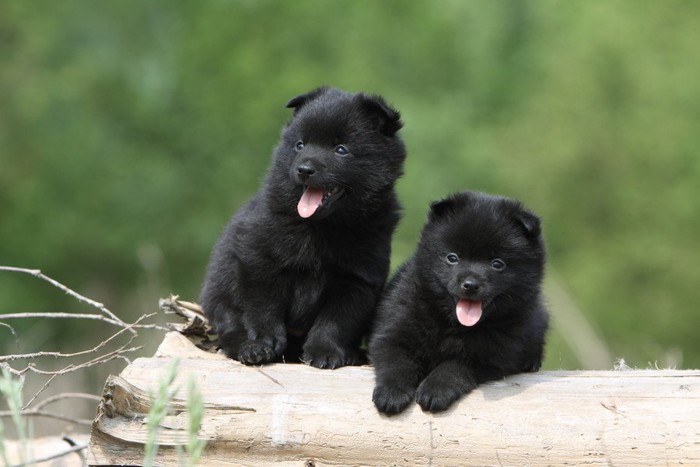
Their coat also features a distinctive mane around the neck, often called a ‘cape’, adding to their unique look.
Size
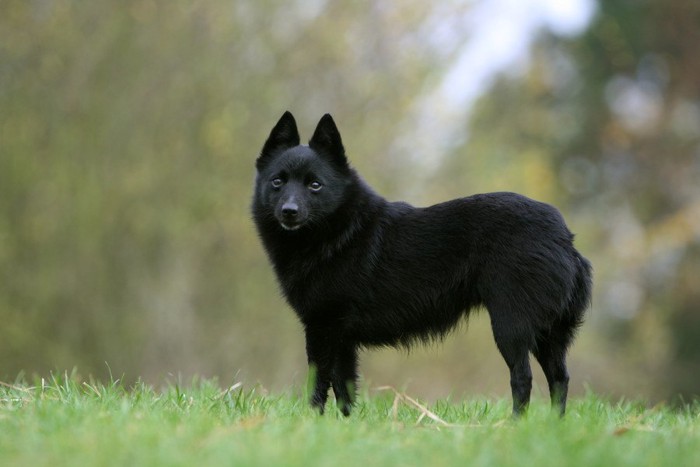
Standing at 10 to 13 inches tall at the shoulder, Schipperkes are considered a small breed. Despite their size, they exhibit a sturdy and robust physique, displaying agility and strength. This combination of small size and agility makes them suitable for a variety of living conditions, from apartments to houses with yards.

The small size of the Schipperke is well-suited to the compact living spaces in Japan, reflecting the Japanese skill in maximizing small spaces.
Weight

A typical Schipperke weighs between 12 to 18 pounds. Maintaining a healthy weight is crucial for their overall health and agility. Owners should be mindful of their diet and exercise regimen to prevent obesity, a common issue in smaller breeds.

The manageable weight of the Schipperke is ideal for the Japanese lifestyle, where smaller, lighter pets are often preferred.
Lifespan
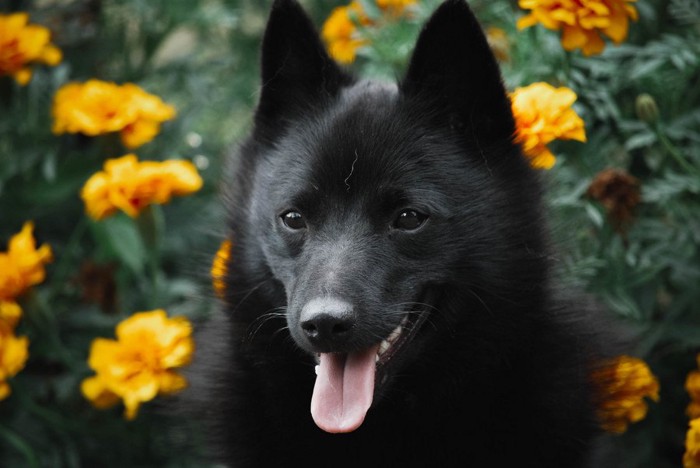
Schipperkes have a relatively long lifespan for a dog, generally living between 12 to 15 years. Some can live even longer with proper care, good genetics, and a healthy lifestyle.

This longevity is an attractive trait for potential dog owners looking for a long-term companion.
Trainability

Schipperkes are highly intelligent and can be trained effectively, although their independent nature can sometimes pose a challenge. They respond best to positive reinforcement techniques.

Early training and socialization are vital to curb their natural tendencies towards stubbornness and to harness their intellectual capabilities.
Exercise

Being an energetic breed, Schipperkes require regular exercise to maintain their mental and physical health.

Activities like walking, running, and agility sports are ideal. They also enjoy interactive play sessions, which help in bonding with their owners and keeping them mentally stimulated.
Feeding

Proper nutrition is vital for Schipperkes. A balanced diet suitable for their size, age, and activity level is essential. It’s important to avoid overfeeding, as they can easily gain weight, leading to health issues. Consultation with a vet can help determine the best diet plan for them.

The feeding requirements of the Schipperke align with the Japanese approach to eating – balanced, health-conscious, and respectful of natural ingredients.
Temperament

Schipperkes are known for their bold, curious, and lively temperament. They make excellent watchdogs due to their alert and protective nature. However, they are also affectionate with their family members and can be good with children and other pets if socialized early.

The Schipperke’s spirited and loyal temperament resonates with the Japanese values of loyalty and harmony in relationships.
History
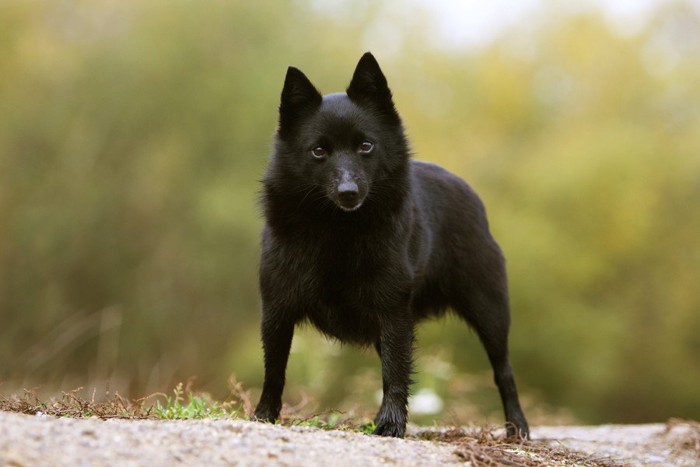
Originating in the 17th century in Belgium, Schipperkes were initially used on barges in canals. Their primary roles were to guard property and catch rodents. The breed’s name, Schipperke, is Flemish for ‘little captain’, reflecting their historical role on boats.

Understanding the history of the Schipperke can foster a deeper appreciation in Japan, where historical roots and traditions are highly valued.
Grooming

Grooming a Schipperke is relatively straightforward but requires regularity. Their coat needs brushing once or twice a week to remove loose hair and prevent matting. They also need routine grooming practices such as nail trimming, ear cleaning, and teeth brushing.

Regular grooming of the Schipperke aligns with the Japanese emphasis on cleanliness and meticulous care.
Health
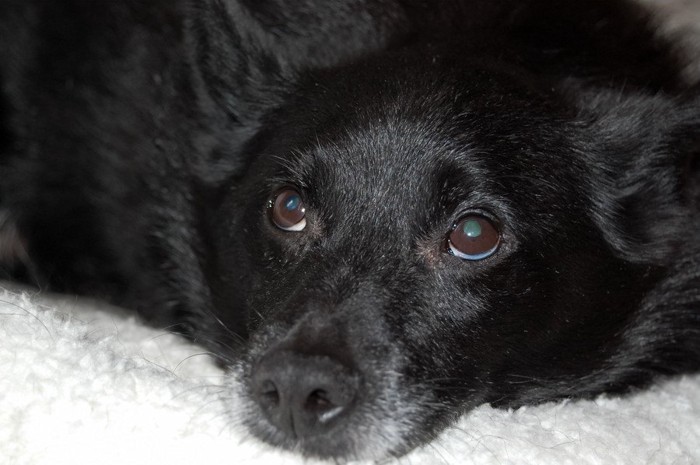
While Schipperkes are generally a healthy breed, they are susceptible to certain health issues like hypothyroidism, epilepsy, and eye problems. Regular veterinary check-ups and awareness of these potential health issues are crucial for early detection and treatment.

The focus on the Schipperke’s health mirrors Japan’s general emphasis on preventative care and maintaining good health.

